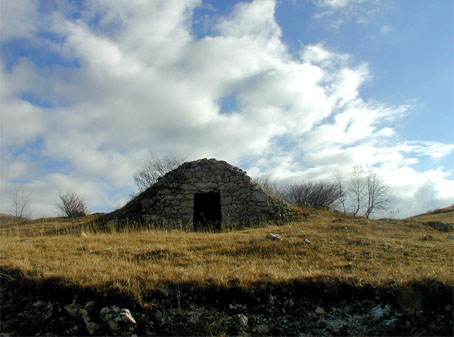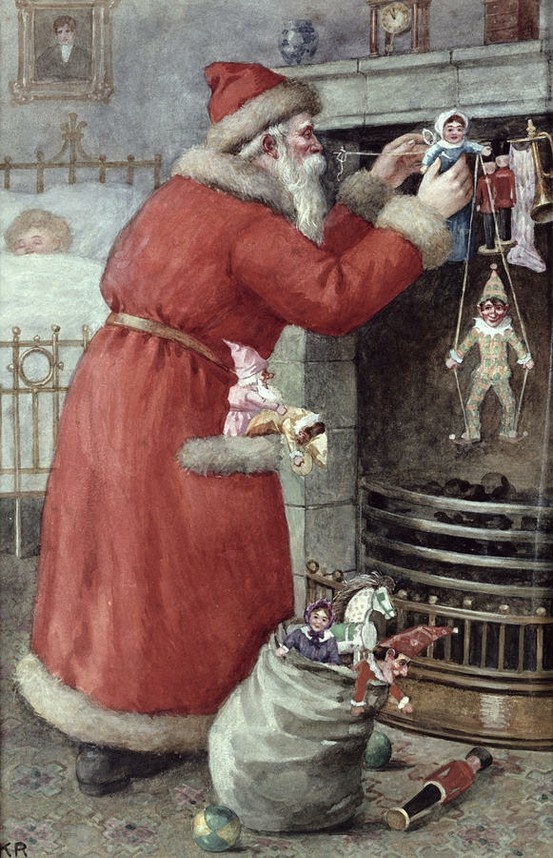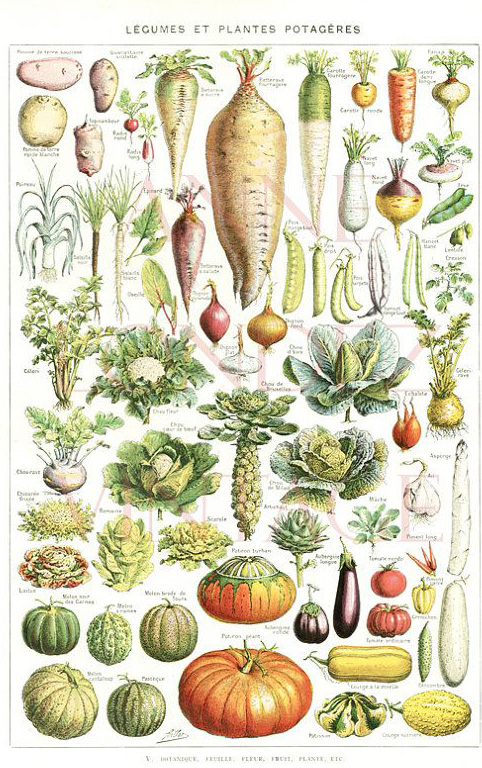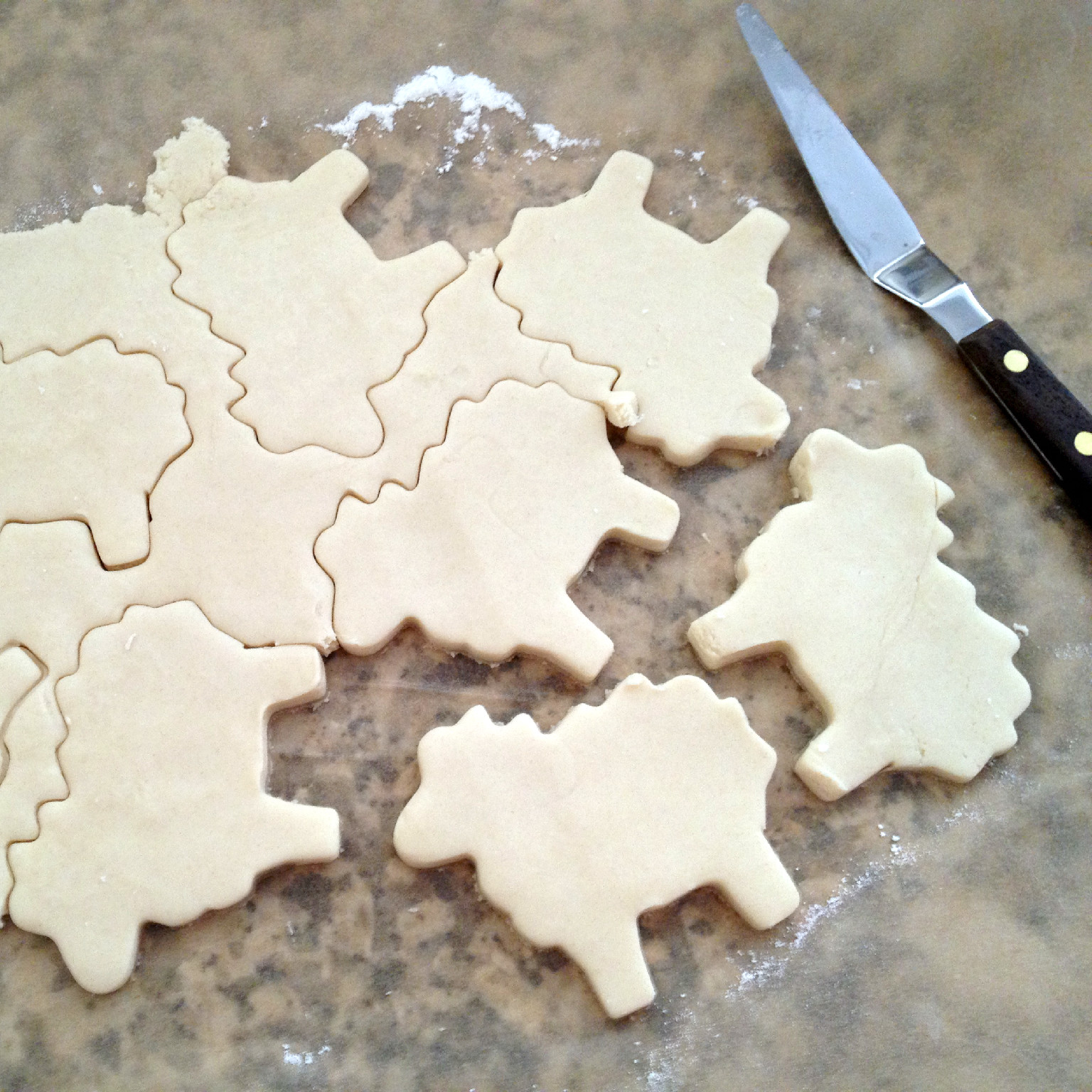In the Shepherds Path: Abruzzo 2011 »
 Monday, June 20, 2011 at 5:37PM
Monday, June 20, 2011 at 5:37PM  Abruzzo is sometimes characterized as the "place that G-d forgot." Geographically speaking, there is some merit to this. Nestled between the Apennines to the west and the Adriatic Sea to the east, the province is very isolated from the neighboring regions of Italy. Within the province, mountains dominate the inhospitable landscape.
Abruzzo is sometimes characterized as the "place that G-d forgot." Geographically speaking, there is some merit to this. Nestled between the Apennines to the west and the Adriatic Sea to the east, the province is very isolated from the neighboring regions of Italy. Within the province, mountains dominate the inhospitable landscape.
And yet, it was precisely because of this landscape that the people of the region where able to survive. The mountains provided protection from invasion, and the terrain was well suited for grazing sheep and growing olive trees.
For hundreds of years, pastoral agriculture (mainly in the form of sheep herding) provided the staples of everyday life, including milk, Pecorino Cheese and wool. The annual migration of the herds (a practice called transhumance) also provided the necessary infrastructure for commerce, travel and communication.
The shepherds and their sheep migrated along a regulated system of wide grassy tracks, known as tratturi. There were five main traturri in the regions including: L’Aquila-Foggia, Centurelli-Montesecco, Celano-Foggia, Pescasseroli-Candela, and Ateleta-Biferno.
It is hard to see from the map below, but the tracks started in the mountains and ended in the coastal plains. The movement of the herds was governed by the season. In the fall, the herds were moved to the coastal plains in Puglia to take advantage of the temperate climate. In the spring, the herds were brought back to the higher elevations to graze.
Tratturo Centurelli-Montescecco is highlighted in red. It biforcates from Tratturo L’Aquila-Foggia at the Church of Santa Maria in Centurelli and passes directly through Serramonacesca. My great grandfather and his siblings most likely followed this path when they moved from Serramonacesca to San Salvo, sometime between 1870 and 1875. (San Salvo is adjacent to Vasto on the coast.)

We will never know for certain what prompted the move. But one thing is clear: the region was hard hit by sweeping land reform in 1860, which prohibited grazing on public land. And with the loss of traditional pastoral agriculture (among other things), the region plummetted into poverty, starvation and despair.
This tragedy ultimately contributed to the exodus of 500,000 people from the region between 1900 and 1915. My family was part of this exodus .
My great grandparents (who came from San Salvo, Popoli and Sulmona) never returned to Abruzzo. In fact, they didn't even talk much about Italy. But try as they might, there was no leaving Abruzzo behind. It was integral to who they were, and ultimatley, who their family would become.
This journal chronicles the latest (but not the last) journey back . I hope you will enjoy this snap shot of the region, which was skillfully orchestrated by Massimo and his dedicated staff at Palazzo Tour D'Eau in Carunchio. I also hope you will walk away with a better understanding of the region and it's complex history. It is a very special place.

This is a picture of a Tholoi, which provided temporary lodging for shepherds during the mitgratory season.









Reader Comments (1)
I have just visited you very terrific site. I love all your cookie pix, but the real jewel is your view of Abruzzo. My grandfather, Gaetano Crocetti, was also part of the great exodus, the third wave of Italian emigration. He was born in Montesilvano (Pescara) and came to America in 1913. Leaving Abruzzo and poverty behind, he came here, settling in Steubenville, Ohio with hopes of a better life. He literally could not have dreamed just how well America would treat him and the very good life he, his wife and two sons would enjoy. I so enjoy reading others' views of Abruzzo. Grazie mille.